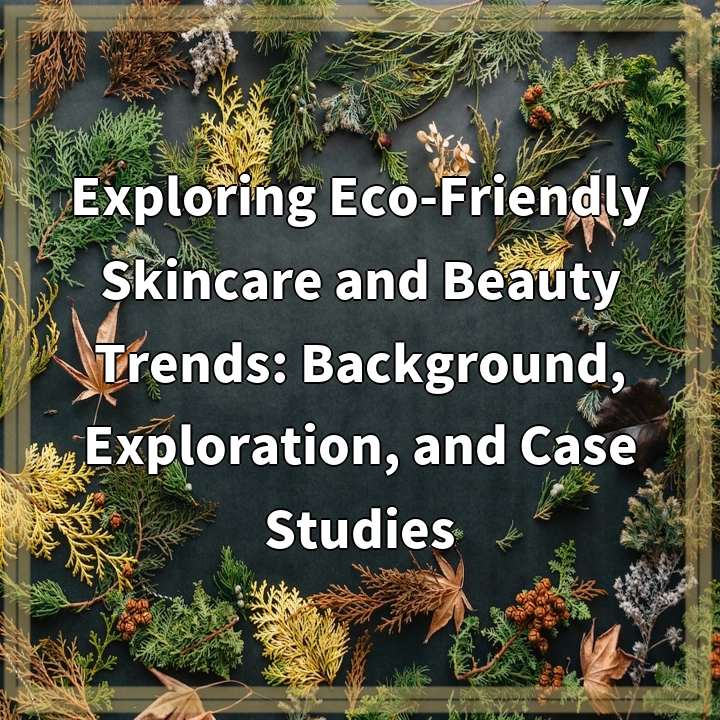
What it is:
Eco-friendly skincare and beauty trends refer to the growing movement in the cosmetic industry towards more sustainable and environmentally conscious practices. It involves using natural and organic ingredients, reducing packaging waste, adopting cruelty-free testing methods, and supporting fair trade practices. This shift is driven by a desire for products that are not only effective but also have a minimal impact on the planet.
Real-world problems:
Although the eco-friendly skincare and beauty industry has gained popularity in recent years, there are still several real-world problems associated with it. These challenges can hinder widespread adoption and implementation of sustainable practices. Some of the key issues include:
1. Greenwashing:
Greenwashing refers to the misleading marketing tactics used by some brands to create an illusion of eco-friendliness. They may use buzzwords and claims, such as “all-natural” or “green,” without substantiating them or providing transparency about their sourcing and manufacturing processes. This can confuse consumers and make it difficult to identify genuinely eco-friendly products.
2. Lack of regulations:
The cosmetic industry is not heavily regulated in terms of sustainability standards. While some certifications, such as organic and cruelty-free labels, exist, there is no universal framework or governing body ensuring consistent sustainability practices across all brands. This lack of regulation makes it challenging for consumers to make informed choices and for brands to adhere to transparent and sustainable practices.
3. Supply chain complexities:
The global supply chains of skincare and beauty products are often complex, involving sourcing ingredients from various regions around the world. This can create challenges in terms of ensuring fair trade practices, ethical sourcing, and minimizing carbon footprint. Brands need to invest time and resources to trace their supply chains and collaborate with suppliers who share their sustainability values.
4. Packaging waste:
Traditional skincare and beauty products often come in excessive packaging, resulting in significant waste generation. Single-use plastic containers, non-recyclable materials, and excessive use of unnecessary packaging contribute to the industry’s environmental impact. With the shift towards sustainable packaging alternatives, brands must find innovative solutions to reduce waste and invest in recyclable or biodegradable packaging materials.

Solutions:
Addressing the real-world problems associated with eco-friendly skincare and beauty trends requires collective efforts from brands, consumers, and regulatory bodies. Here are some potential solutions to promote sustainability in the industry:
1. Improved transparency and certifications:
Brands can enhance transparency by providing clear information about their sourcing, manufacturing, and packaging practices. Adopting recognized certifications for organic ingredients, cruelty-free testing, and sustainable packaging can help build trust and credibility among consumers.
2. Strengthened regulations:
Regulatory bodies can introduce stricter guidelines and standards for cosmetics to ensure sustainability practices are consistently followed throughout the industry. This can help prevent greenwashing and create a level playing field for brands that genuinely prioritize eco-friendly approaches.
3. Collaboration and traceability:
Brands need to collaborate with suppliers and stakeholders to ensure transparency and traceability in their supply chains. This involves prioritizing fair trade practices, ethical sourcing of ingredients, and minimizing the carbon footprint associated with transportation and production.
4. Innovative packaging solutions:
Investing in research and development of sustainable packaging alternatives is crucial. Brands can explore options like refillable containers, biodegradable materials, and innovative recycling programs to reduce packaging waste and create a circular economy for skincare and beauty products.
5. Consumer education and conscious buying:
Educating consumers about the importance of sustainable skincare and beauty products is essential. By raising awareness about the environmental impact of traditional cosmetics and providing information on eco-friendly alternatives, consumers can make more conscious purchasing decisions and support brands that prioritize sustainability.















